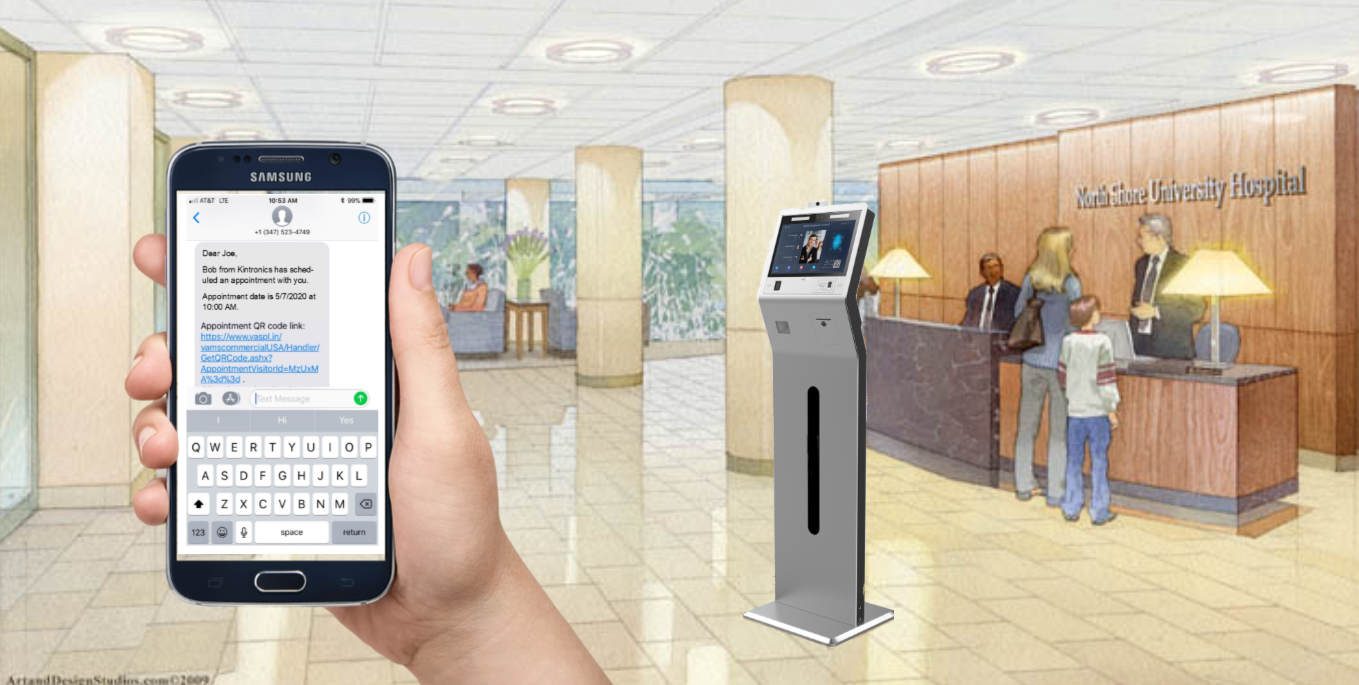In today’s globalized world, companies are no longer confined by geographical boundaries. The expansion of businesses across countries and continents has necessitated more efficient, secure, and transparent methods of transferring money internationally. This is where global money remittance software application systems come into play. For companies handling payroll for international employees, paying suppliers, or managing overseas transactions, having a robust remittance software system is no longer a luxury—it’s a necessity.
This article explores the crucial role of money transfer software in corporate settings, features to look for, the benefits of implementation, and how companies can choose the best solution to meet their global payment needs.
What Is a Global Money Remittance Software Application System?
A global money remittance software application system is a digital platform designed to facilitate the secure transfer of money across international borders. Unlike traditional remittance methods that often involve banks or physical agents, these applications leverage digital technology to reduce time, cost, and human error.
For companies, this software automates complex financial processes such as:
- Employee salary disbursement in multiple currencies
- Vendor and supplier payments
- Inter-branch fund transfers
- Currency exchange management
- Transaction tracking and compliance reporting
Why Companies Need a Global Remittance System
- Global Workforce & Expansion
As companies expand operations globally, they must ensure that employees and vendors in different countries are paid accurately and on time. A money remittance application ensures seamless cross-border payments in multiple currencies, saving time and resources. - Cost-Efficiency
Traditional banking channels often come with high transfer fees and poor exchange rates. A remittance software system typically partners with multiple global financial institutions to offer better rates and lower costs. - Speed and Automation
Manual processing is time-consuming and error-prone. Automated software systems significantly reduce the time required for transaction processing, often completing them in minutes. - Compliance and Regulation
Cross-border payments are subject to strict anti-money laundering (AML) and know-your-customer (KYC) regulations. Modern money remittance software comes with built-in compliance checks, ensuring that companies meet international financial regulations.
Key Features of an Effective Global Money Remittance System
To ensure seamless operation, businesses should look for the following core features when selecting a remittance software:
1. Multi-Currency Support
The software must support payments in various currencies and offer real-time exchange rate conversions.
2. User-Friendly Interface
An intuitive dashboard with easy navigation is critical for finance teams to manage remittances without steep learning curves.
3. End-to-End Encryption
Security is paramount. The system should employ advanced encryption protocols like SSL/TLS and comply with standards like PCI DSS.
4. Automated Compliance Tools
Look for AML, KYC, OFAC checks, and transaction monitoring to avoid regulatory pitfalls.
5. API Integration
The system should integrate easily with existing ERP, accounting, and payroll systems for streamlined operations.
6. Real-Time Tracking
The ability to track each transaction in real time offers greater transparency and helps resolve issues proactively.
7. Role-Based Access Controls
Data privacy is critical. Role-based access ensures that only authorized personnel have access to sensitive financial information.
Benefits for Companies Using Global Remittance Applications
1. Reduced Transaction Costs
Software-driven remittance platforms often eliminate intermediaries, reducing transfer fees and improving exchange rates.
2. Faster Transactions
Global payments that used to take several days via banks can now be processed in hours—or even minutes.
3. Enhanced Accuracy
Automation reduces human errors in data entry and calculations, ensuring financial accuracy and reducing compliance risks.
4. Improved Cash Flow Management
With real-time reporting, businesses can monitor outflows and manage liquidity more effectively.
5. Stronger Vendor & Employee Relationships
Consistent and timely payments build trust and reliability, strengthening long-term relationships with employees and partners.
Use Cases in the Corporate World
1. International Payroll
A tech company with remote workers across Europe, Asia, and Africa uses a remittance system to pay salaries in local currencies directly into employee bank accounts.
2. Supply Chain Payments
A manufacturing firm imports raw materials from various countries and uses the software to make supplier payments while hedging against currency fluctuations.
3. Franchise & Royalty Payments
A franchise network operating in multiple regions manages royalty payments to headquarters using a centralized remittance application.
How to Choose the Right Software for Your Business
When selecting a remittance software, companies should consider:
a) Business Size and Volume
Large enterprises need scalable systems that can handle high transaction volumes, while SMEs may require cost-effective, lighter alternatives.
b) Compliance Requirements
Choose a system that aligns with your industry’s regulatory framework, especially if operating in finance, healthcare, or legal sectors.
c) Customer Support
Opt for providers that offer 24/7 technical support and training resources to ensure smooth adoption and minimal downtime.
d) Deployment Options
Some systems are cloud-based, while others are on-premise. Cloud platforms offer greater flexibility, remote access, and lower upfront costs.
e) Integration Capabilities
Ensure the platform integrates with existing software systems such as QuickBooks, SAP, Oracle, and other enterprise tools.
Top Global Remittance Software Providers in 2025
Several providers have made a mark in the corporate remittance space. Some of the top players include:
- Wise Business (formerly TransferWise)
- Payoneer
- OFX
- Remitly for Business
- WorldRemit
- Western Union Business Solutions
- Currencycloud
- Airwallex
Each of these platforms offers unique features suited for different company needs—whether you are a startup paying freelancers or an enterprise managing a global payroll system.
Conclusion
As global business operations continue to evolve, so too must the methods companies use to manage international payments. A robust, secure, and scalable money transfer software application system is essential for organizations that want to maintain a competitive edge, ensure regulatory compliance, and streamline cross-border transactions.
By adopting the right software, companies can not only reduce operational inefficiencies but also build a stronger foundation for international growth. As the world moves toward a more connected digital economy, now is the time for businesses to invest in smart remittance solutions that are tailored for the demands of tomorrow.



